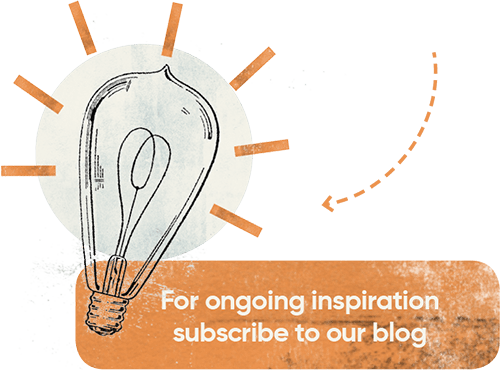
Attention!
If you see something which seems out of context, or odd, or not following the rules, then that thing tends to grab your attention. Your brain tries to make sense of it, and attempts to attach meaning.
In marketing and advertising, if you fail to grab your audience's attention then you can’t even begin to persuade them of anything. To fail to draw their attention, is to fall at the first hurdle.
Due to the sheer amount of distraction your audience now faces, you need to be more ingenious than ever. Competition for their attention is awesome and unprecedented. You also need to be clear on what you are trying to persuade your audience to do, before fashioning content which inspires the desired result.
This applies across all of your channels, and regardless of whether you are running an email or social or offline campaign, you must entice your audience by delivering a journey which drives that end result.
There’s an old advertising model which suggests that to be successful you need to drive your audience through four distinct cycles of thought:
- Attention
- Interest
- Desire
- Action
Clearly the idea is that an advert must firstly grab an audience’s attention, before generating interest in what it is selling, then create the desire to own or experience it, and then make it simple for the audience to take action or ‘purchase’ most likely - No doubt while stocks last.
This model has been used to great effect, for example in determining the narrative arc of a TV spot ad:
This may begin with the attention grabbing opening scene, involving the introduction of the main protagonist (with whom it is hoped you will identify). This is often followed by the establishment of our protagonist’s problem (inviting empathy and generating interest) followed suddenly by the dramatic revelation of the solution, making the protagonist feel happy, relieved or saved (a feeling which you naturally share). You will then be invited to scrutinize the solution or product in more detail – and once convinced of its usefulness, and possibly tantalized by how good it looks, you’ll no doubt begin experiencing desire. Thankfully the ad might finish by telling you where to get it, or at least where to find out more, thereby making it simple for you to take action.
At TEN80 we often use this model (AIDA) as a framework when writing, designing and producing content of multiple types. It helps us focus on what the audience needs to absorb when consuming content, which as storytellers, helps us do what we do best.
AIDA can also be applied to designing digital journeys - from email to Landing Page. It can help in the design of offline campaigns and in copywriting & design for print. If nothing else, AIDA compels us to look at content through the eyes of our target audience at all times, which is absolutely key to succesful marketing.
by Dave Brewis, TEN80
Posted on Apr 05, 2019


